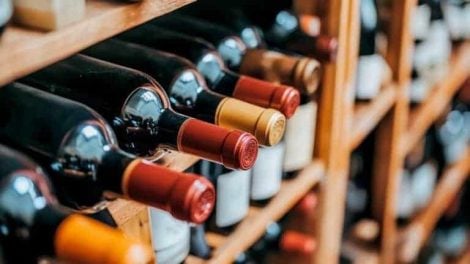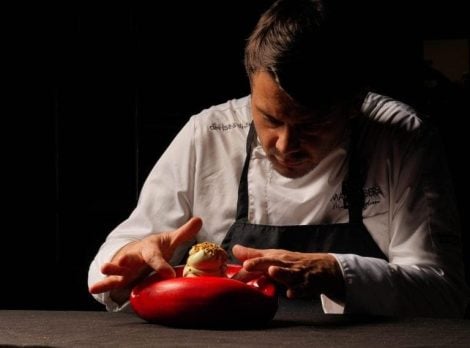Tre Bicchieri 2022 Sardinia
The strength of a territory. If we were to give a title to this introduction, there'd be no doubts. It has been evident for some years, but with the latest tastings the fact emerges clearly: Sardinia is a region made up of many territories, all very different and that also vary in terms of expression, even if the same grapes are grown. Then there are, of course, the identities of the traditional cultivars, which further bolster the character of each area. This is why we'll never stop saying that the island's appellations are in need of reform, so that the territories emerge through regulations that follow the current shape of their viticulture and, consequently, the wine labels can communicate with greater clarity the sensations offered in the glass. We start with the whites. The wines benefited from a favorable 2020 vintage, one that brought balance, elegance and nice depth. Gallura was exemplary in this respect, but also Usini and Serdiana. The small number of wines produced with the Nuragus grape in Cagliari, Semidano in Mogoro and Torbato in Alghero once again proved notable, not to mention the island's great cultivars, Vernaccia, Malvasia and Nasco, prominent in Oristano, Bosa, Parteolla and many other areas. Finally, Moscato always delivers excellent results, in Sardinia as well, and in very specific areas, both in the passito versions and sparkling selections.
The best wines of Sardinia
Reds undoubtedly lead the way, not so much in terms of production volumes (they're more or less equal with the whites) as in quality. Cannonau is the grape that best conveys what we mean: there's such a variety of expressions depending on soil and microclimate, it's incredible to see the differences as you move from Serdiana to Mamoiada, from Oliena to Monti (just to give some examples). It's what makes wine beautiful, and it's what happens with all the world's best. Then there's Bovale, which is enjoying great success, both in the historic areas (Terralba and Mandrolisai) and in other territories where it's proving its salt (foremost Marmilla). Carignano expresses its best if obtained from old, ungrafted vines (the rest are good, drinkable wines, but lacking in character), while Cagnulari finds its preferred habitat in the northwest. We conclude this brief overview by citing Nieddera, in the province of Oristano, and Monica, in the province of Cagliari, all of which makes for a truly diverse and complex mosaic. And when it comes to complexity, the old vineyard that gives rise to Bentu Luna's Sobi knows a thing or two.

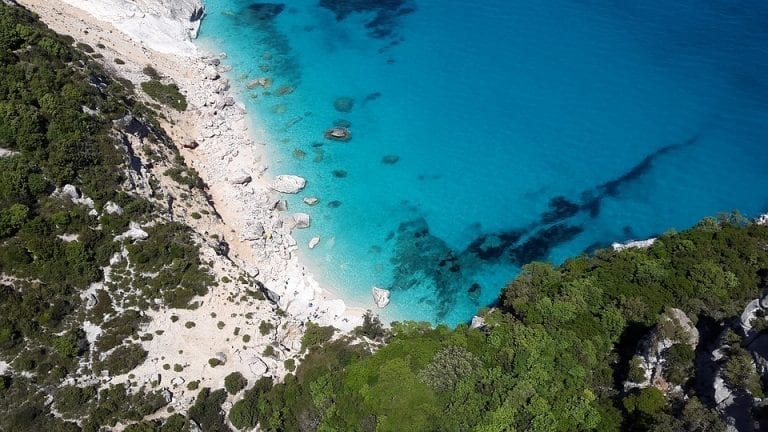
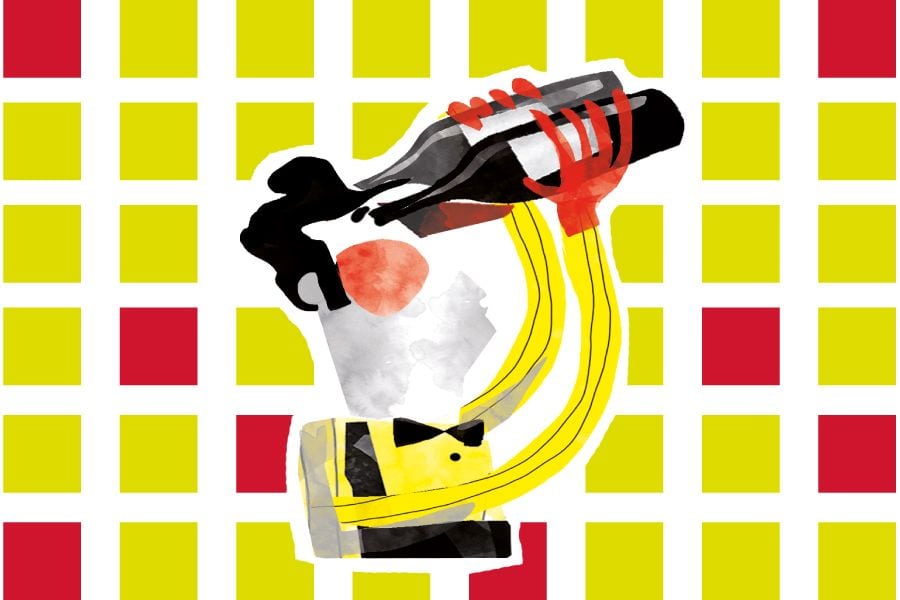 For the first time, Vini Rari arrive at Vinitaly 2025. Here's what they are
For the first time, Vini Rari arrive at Vinitaly 2025. Here's what they are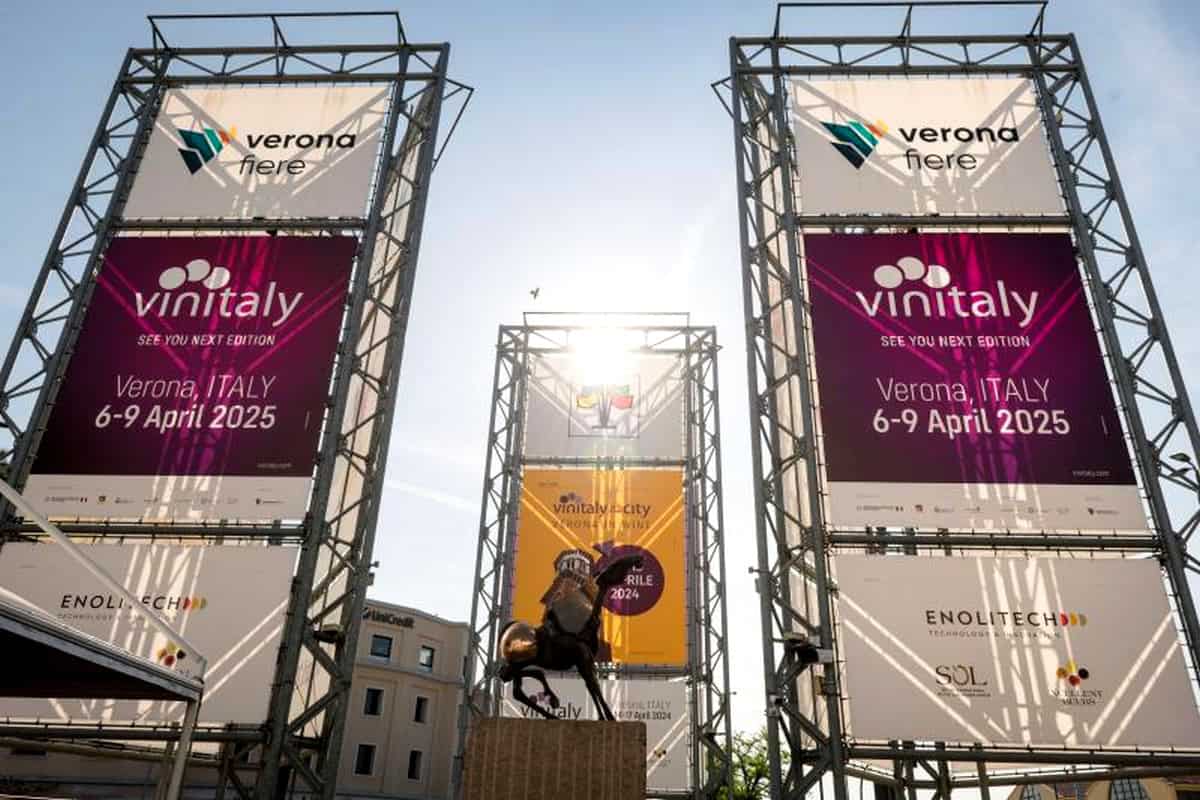 Here are all the events to watch out for at Vinitaly 2025
Here are all the events to watch out for at Vinitaly 2025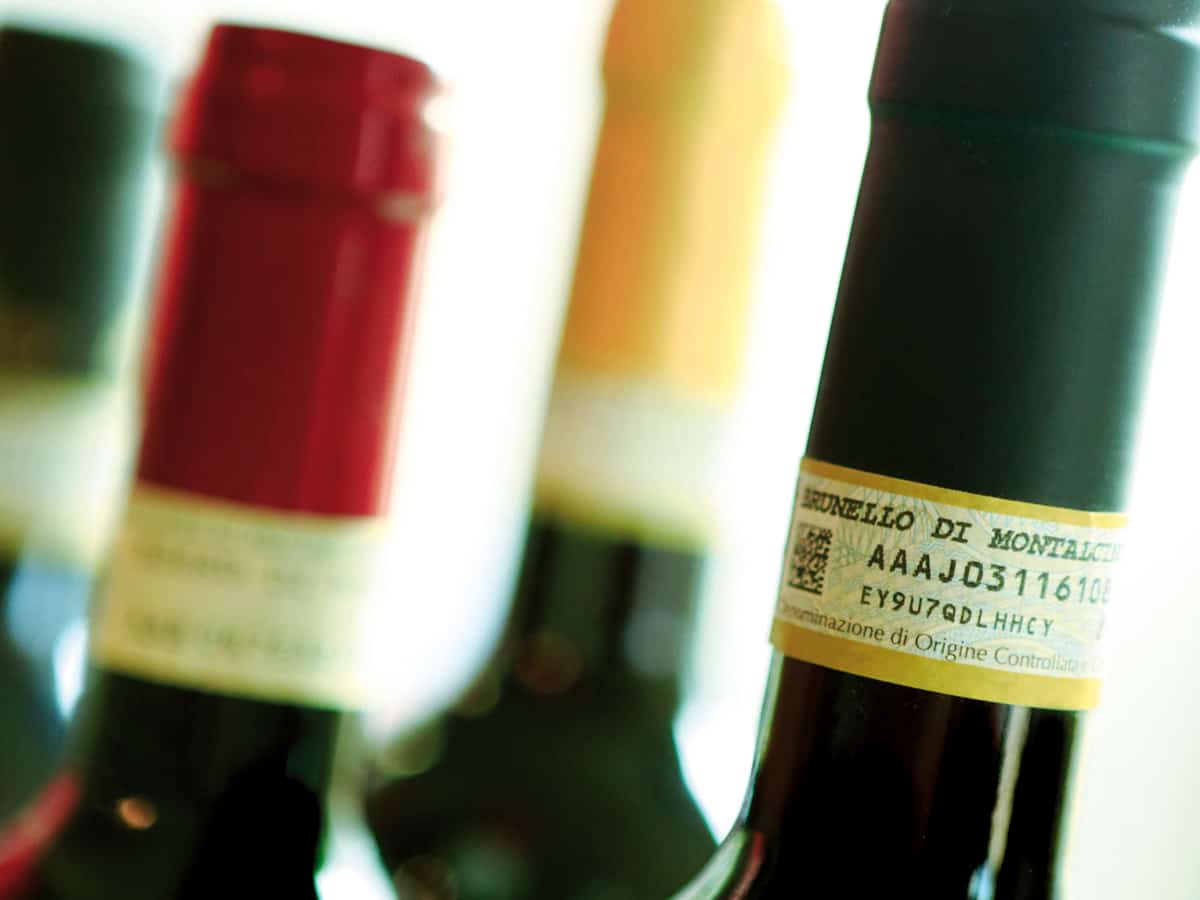 The tricolour arrives on DOC and DOCG wines. Lollobrigida: "This is how we promote Italian identity"
The tricolour arrives on DOC and DOCG wines. Lollobrigida: "This is how we promote Italian identity" Ten tastings not to miss at Vinitaly 2025: from “new” Barolos to vegan wines, Chianti Classico to skin-contact wines
Ten tastings not to miss at Vinitaly 2025: from “new” Barolos to vegan wines, Chianti Classico to skin-contact wines Farewell cacio e pepe in New York. "With tariffs, Pecorino Romano will also become more expensive." The warning from Giuseppe Di Martino
Farewell cacio e pepe in New York. "With tariffs, Pecorino Romano will also become more expensive." The warning from Giuseppe Di Martino
